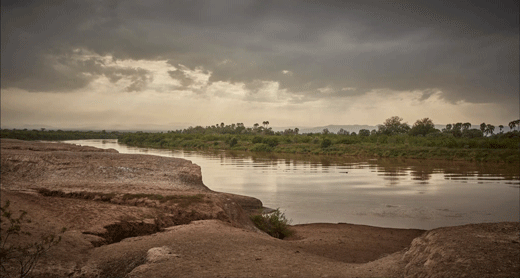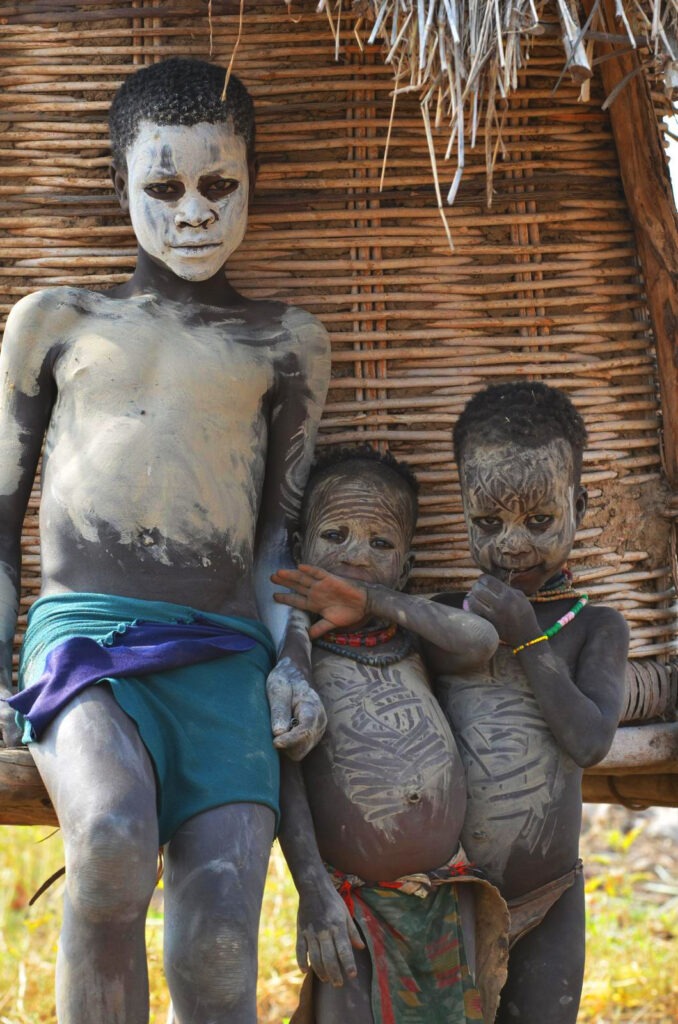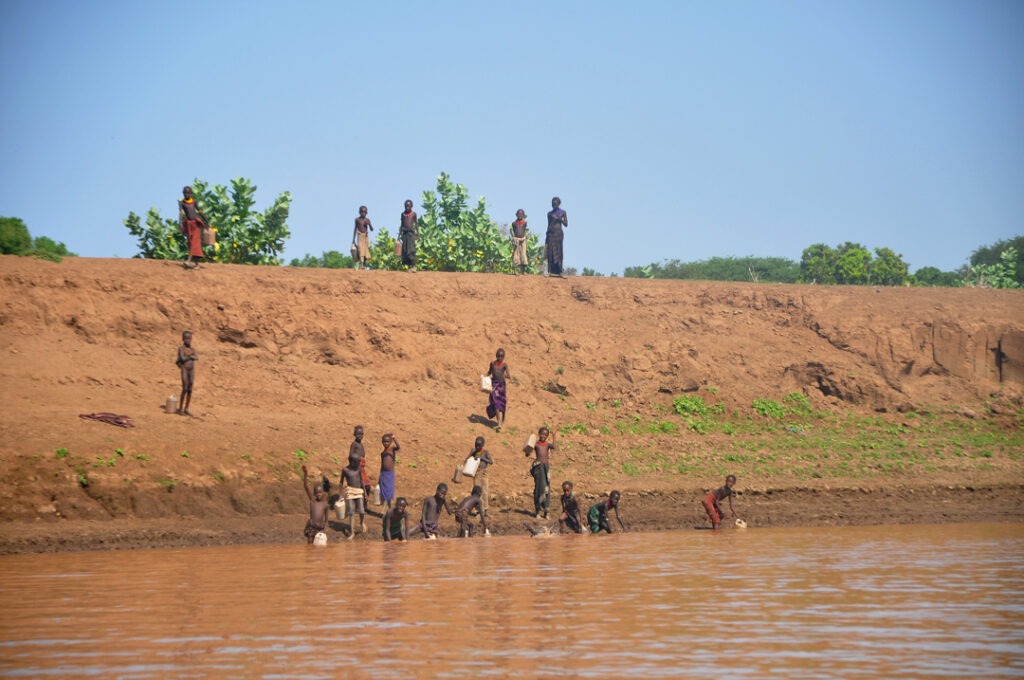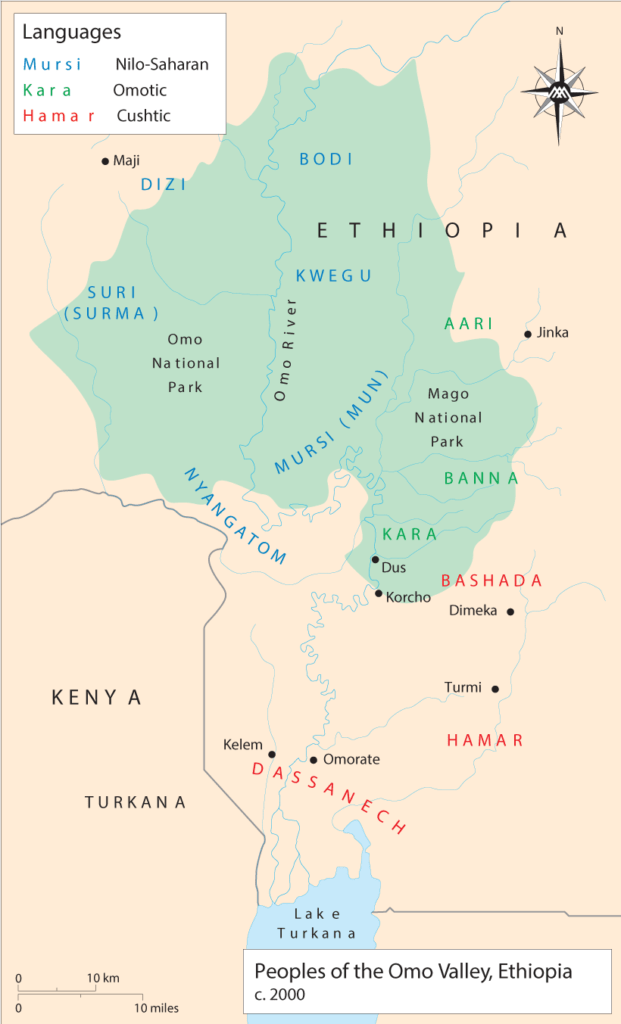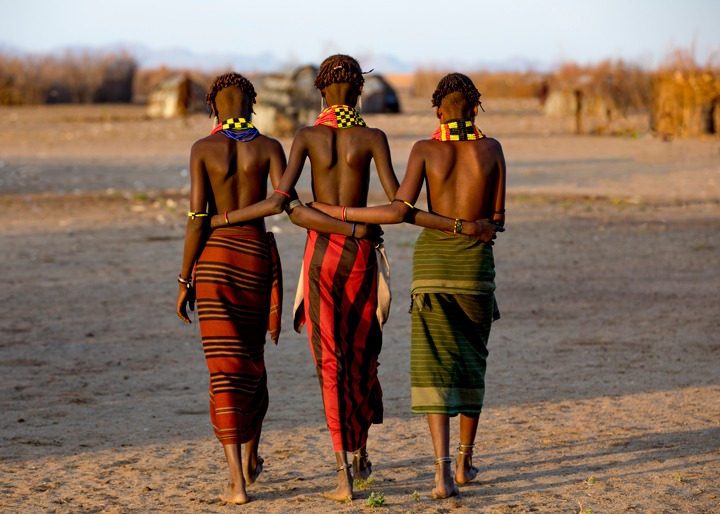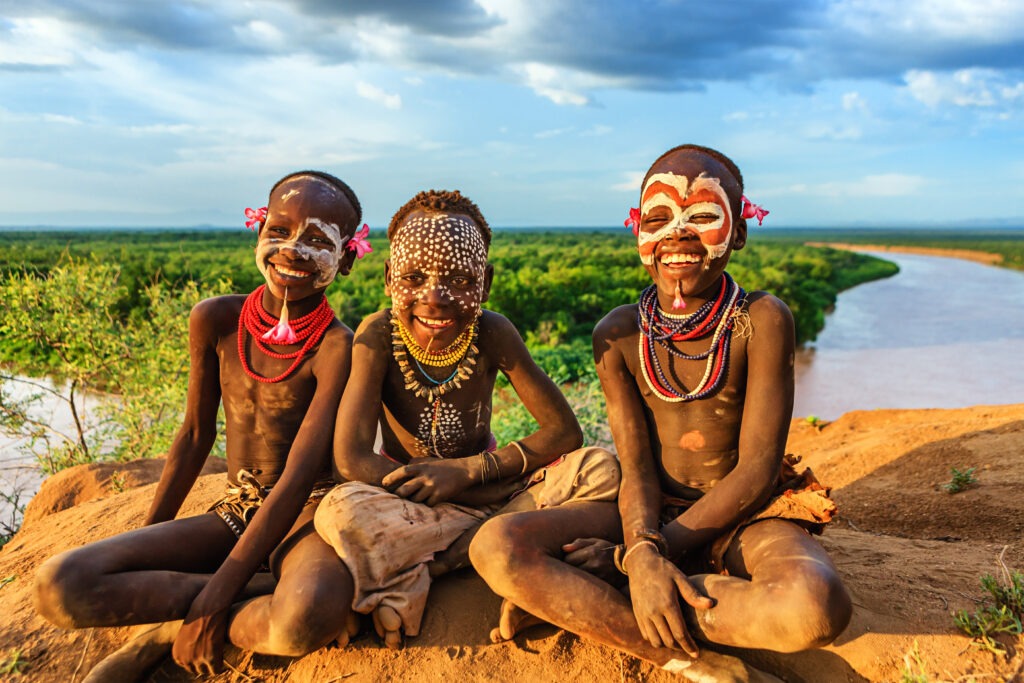Out of Omo is a digital platform dedicated to fostering human connections through immersive African storytelling
We find and share stories that reach back to the African continent—a figurative “Omo” that represents our shared origins—and showcase the profound impact of Africa on cultures around the globe. Whether through direct accounts set in Africa, tales of the African diaspora, or stories that reveal the ways in which Africa has influenced and been influenced by the world, Out of Omo’s storytelling illuminates the rich, complex, and deeply interconnected nature of our global story. These narratives come from authors and storytellers whose voices are often unheard, offering fresh insights and challenging conventional wisdom.
When it launches, the platform will feature a rich tapestry of stories—both fiction and non-fiction—that shed light on the diverse experiences that shape our world. But Out of Omo is more than just a collection of stories. We also celebrate the power of oral storytelling traditions, such as those of the African griots. It is a space for dynamic conversations and deep engagement, where we host discussions with our featured authors and topical experts, provide a forum for readers to ask questions, share their own perspectives, and explore themes and issues raised in the stories.
We are planning to expand our offerings to include audio, visual arts, and short-format videos that bring these stories and conversations to life in new ways. We aim to create a rich and multifaceted platform that caters to different learning styles and engagement preferences. Whether you are inclined to read, watch, listen, or discuss, Out of Omo will have something for you.
Our mission is to amplify African and diasporic voices and share perspectives that have historically been overlooked.

The Power of Stories
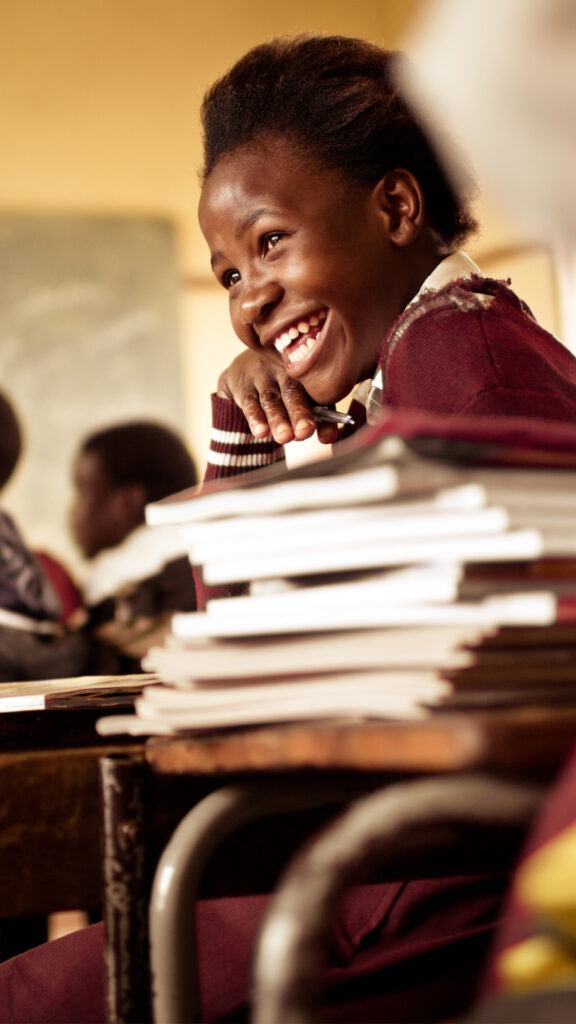
We have found that literature has an incredible power to expand minds and hearts. Through stories, we can gain insight into the lives of people from different backgrounds, visit places we’ve never been, and explore contexts that are unfamiliar to us. Reading allows us to see the world through someone else’s eyes, fostering empathy and understanding.
In particular, we enjoy reading stories rooted in the cultures and geographies of the author’s own lived experiences. Such narratives offer a window into diverse perspectives and help us appreciate the richness and complexity of the human experience. They remind us that there is no single story, but rather a tapestry of stories that make up our shared humanity.
For readers passionate about exploring diverse stories and connecting with others, we invite you to stay connected with Out of Omo. Together, we can create a more empathetic, understanding, and connected world, one story at a time.
Collaborations
Out of Omo creates a space where storytellers from diverse backgrounds can come together, share their perspectives, and inspire one another. Through these collaborations, we foster a global community of storytellers and readers who are passionate about exploring our shared humanity and celebrating our different destinations.
At Out of Omo, we collaborate with a diverse range of established and emerging storytellers, including:
- Writers and authors of fiction, non-fiction, and poetry
- Historians and scholars
- Visual artists and illustrators
- Filmmakers and video creators
- Podcasters and audio storytellers
- Photographers and photojournalists
- Performers and spoken-word artists
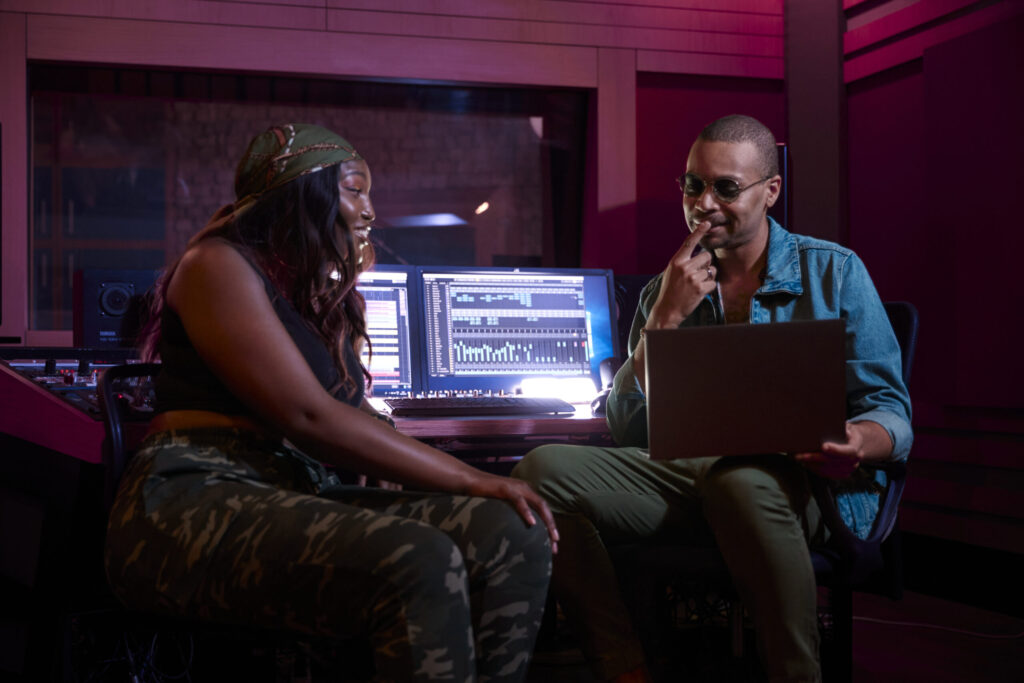
In phase one, we are proactively reaching out to potential collaborators so we can establish a strong foundation of curated content for the platform’s launch, though we also welcome inquiries from individuals and teams interested in contributing to the conversation. If you are a historian, scholar, fiction or non-fiction writer, director, photojournalist, or any other type of storyteller interested in collaborating with Out of Omo, we encourage you to sign up here.
Behind the Name
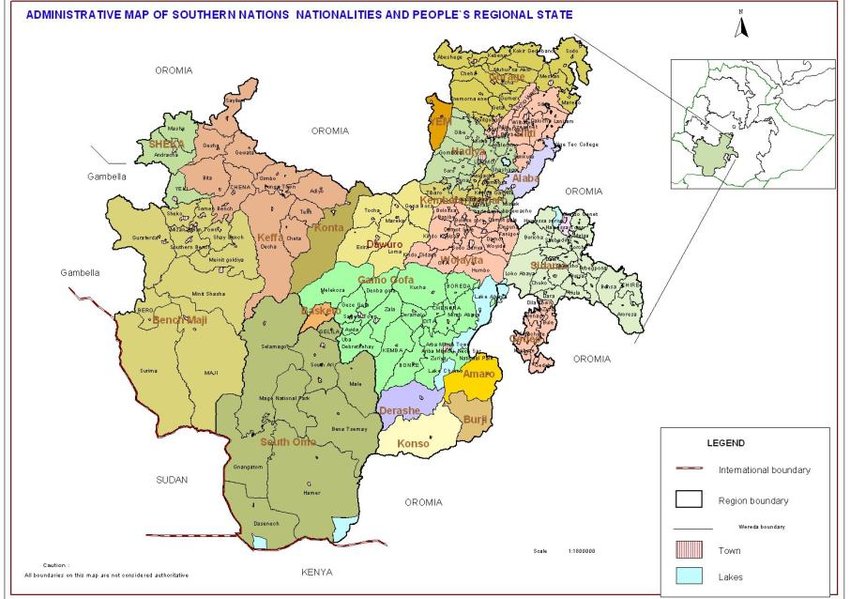
“Out of Omo” holds a special meaning to our founder, Monique Maddy. Her daughter was born in the Omo Valley of Southern Ethiopia and is a member of the Aari tribe, part of the Omotic people indigenous to Omo Valley of Ethiopia. There are fewer than 500,000 ethnic Aari in Ethiopia today.
The Omo Valley is also where some of the earliest human remains, dating back around 230,000 years, were discovered. Taken together, this place—which holds our shared human history, and her family’s window into future generations—offers a bridge between past and future, and between diverse communities.“Out of Omo” symbolizes our common starting point, our diasporic journeys, and all the unique cultures, and perspectives we’ve built along the way. It’s a reminder that despite our differences, we are all part of the same human story—a story that began in places like the Omo Valley.
